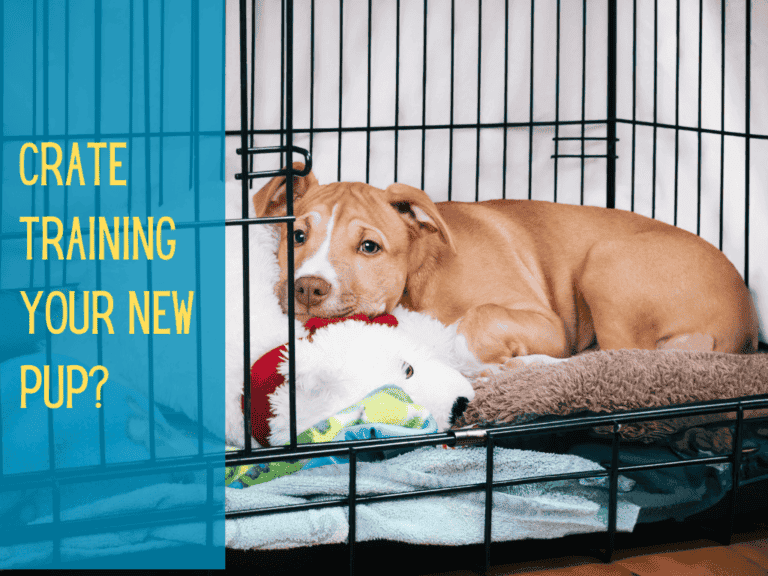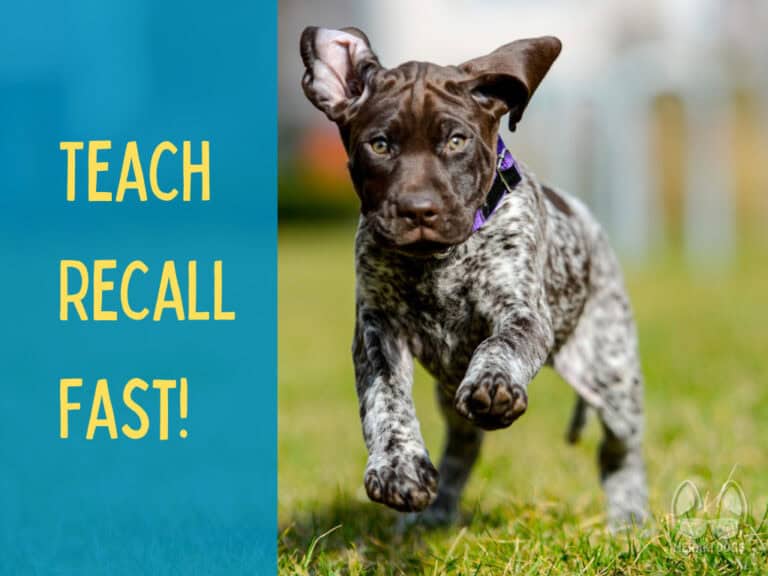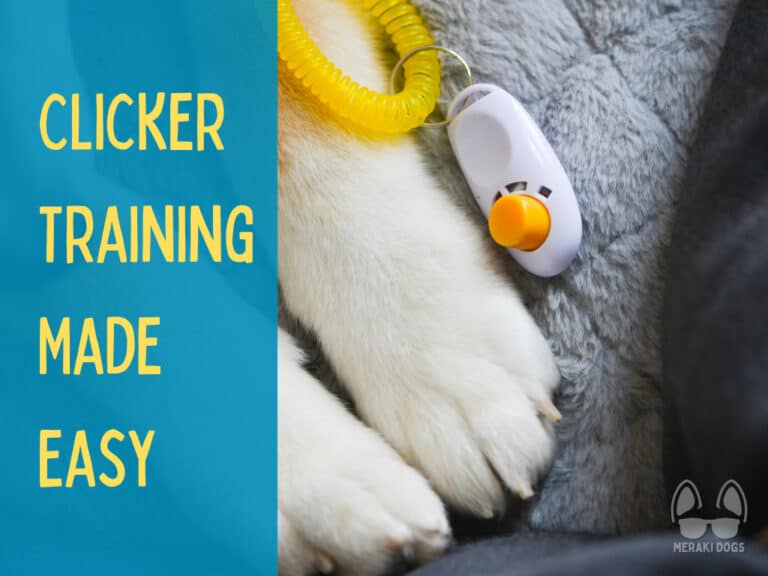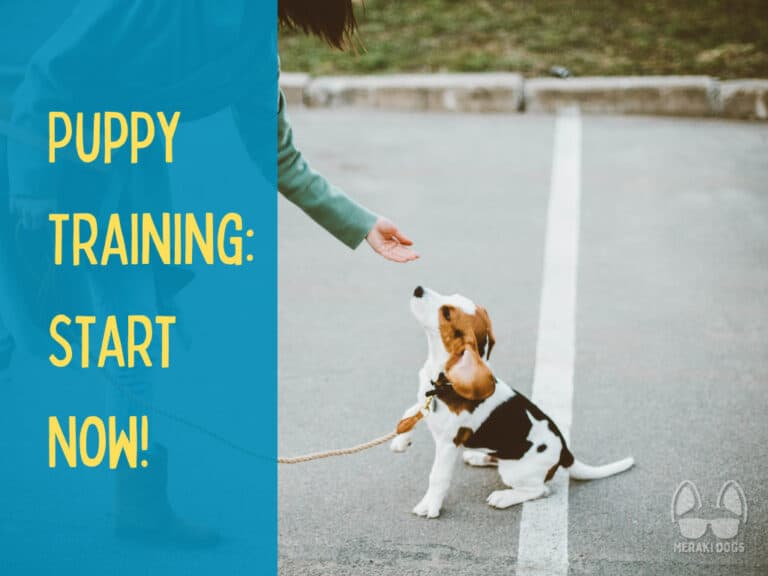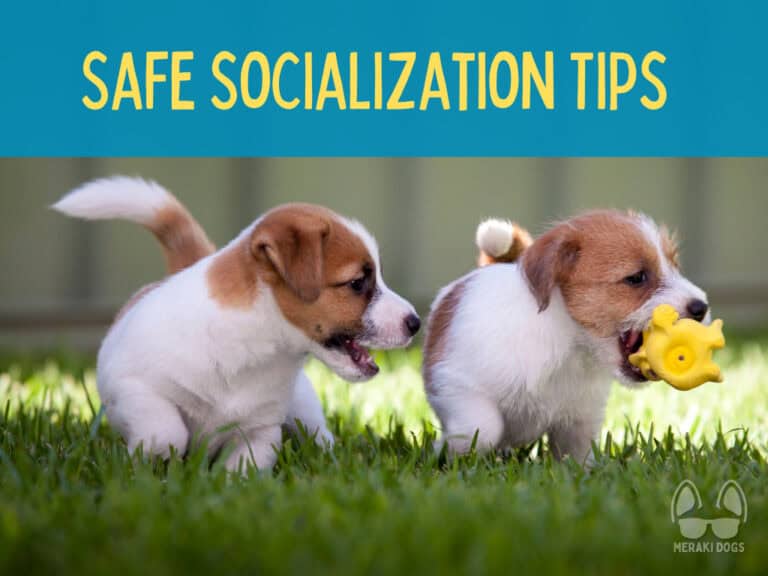Puppy Potty Training Timeline: 8-Week Guide to Success
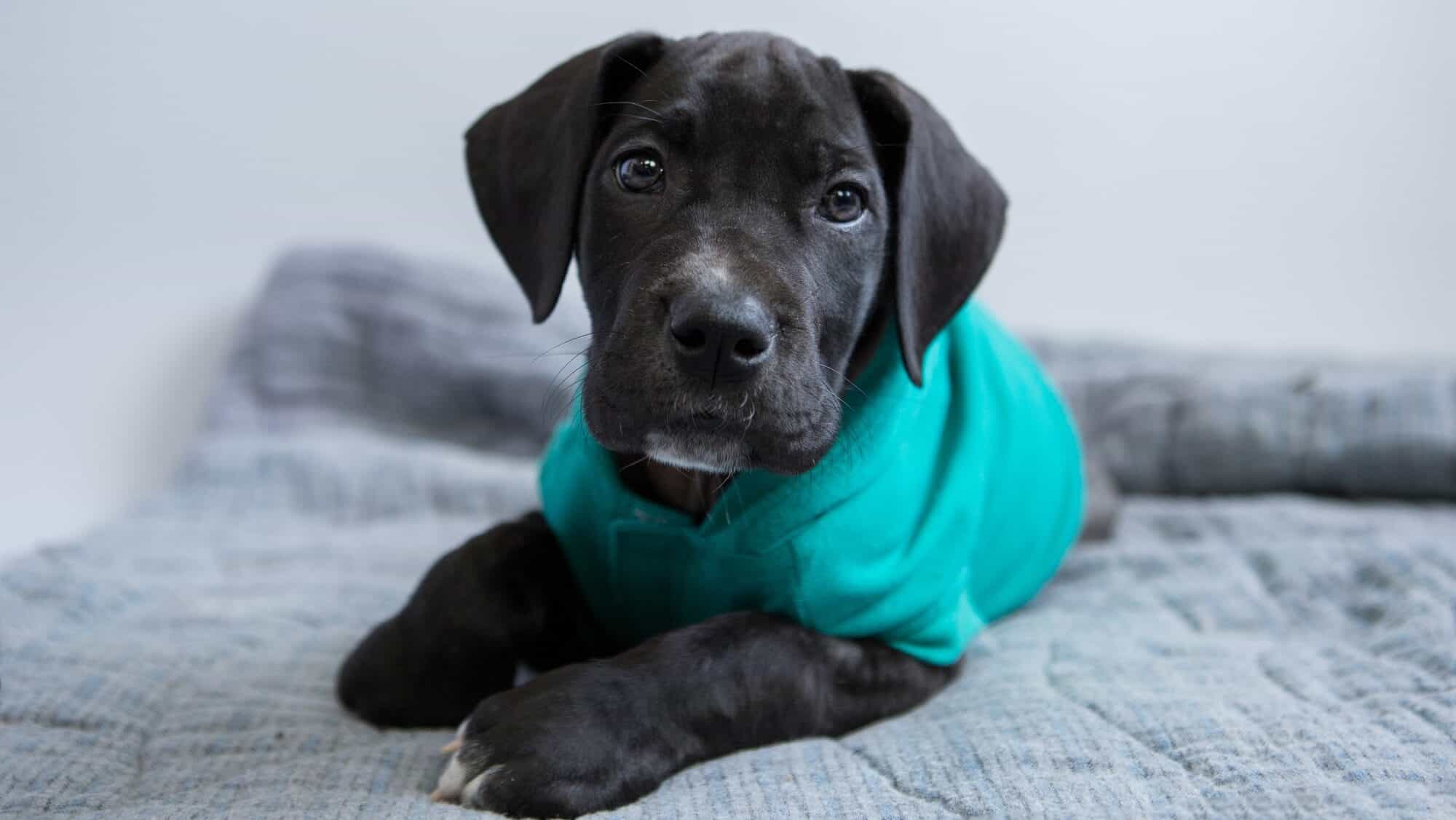
Meraki Dogs may earn a small commission when you buy through links on this site at no cost to you. See our disclaimer here.
Potty training your puppy is one of the most important milestones in their life—and for your floors. A clear and structured puppy potty training timeline helps you guide your pup while establishing habits that last a lifetime. Let’s face it, though: this process isn’t always smooth sailing. Accidents will happen, routines will be tested, and patience will sometimes feel like a distant memory.
But fear not—this guide has you covered with a week-by-week plan, practical tips, and solutions to common challenges. Whether you’re new to puppy parenting or need a refresher, let’s get started!
Key Takeaways:
- Start potty training your puppy as soon as they come home, typically between 8–12 weeks old.
- Stick to a puppy potty schedule with consistent breaks, especially after meals, naps, and playtime.
- Expect accidents and treat them as learning opportunities. Clean thoroughly with enzymatic cleaner to avoid lingering odors.
- Adapt the timeline to fit your puppy’s unique needs and personality.
When to Start Potty Training Your Puppy
To set your puppy up for success, it’s important to start potty training right away. Knowing when to begin and how to prepare can make a world of difference for you and your new companion.
Best Age to Begin Potty Training
The sweet spot for potty training is between 8–12 weeks old. At this age, puppies are ready to learn routines but still young enough to adapt quickly. If your puppy is older, don’t worry—you can still follow this timeline with some adjustments.
Early Preparation: What You’ll Need
Before jumping into training, make sure you’ve gathered all the essentials. Having the right tools on hand will help you tackle any surprises.
- Crate: A crate helps with bladder control and reduces accidents.
- Pee pads: While I don’t encourage using pee pads, they can be necessary in some situations—like apartment potty training or bad weather.
- Leash: A leash ensures safe and controlled trips to your puppy’s potty area.
- Bells: Hang training bells by the door and teach your pup to ring them to signal they need to go out.
- Enzymatic cleaner: Clean accidents thoroughly to remove smells and prevent repeat offenses.
Now that you’re prepped, it’s time to dive into the actual training process.
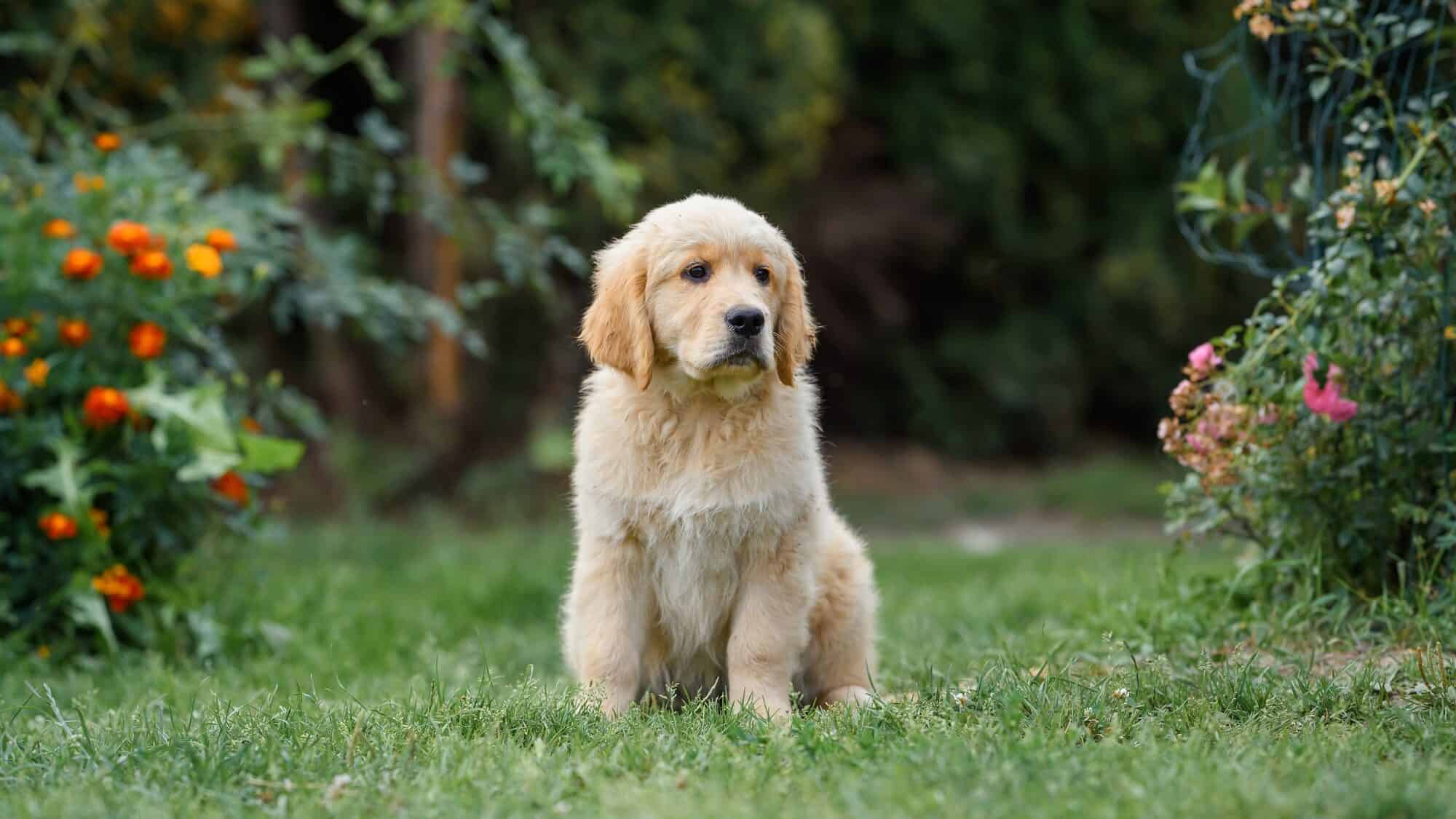
Week-by-Week Puppy Potty Training Timeline
Breaking potty training into smaller steps makes the process less overwhelming for both you and your puppy. Let’s take a look at what you can expect each week.
Week 1–2: Establishing Routines
The first two weeks are all about creating structure. Puppies thrive on consistency, so aim to:
- Take them out every 1–2 hours during the day.
- Always go after meals, naps, and playtime—this is how often puppies potty at these ages.
- Choose a designated potty area. If you use pee pads, keep them in a consistent spot to help your puppy learn. Remember, these are a temporary tool—not a permanent solution.
- Start crate training: Use a puppy crate training schedule to encourage longer holding times and minimize accidents overnight.
Pro Tip: Praise and treat your puppy within seconds of them going in the right spot. Timing is critical!
As your puppy starts getting into the rhythm, you’ll notice them becoming more aware of their potty needs.
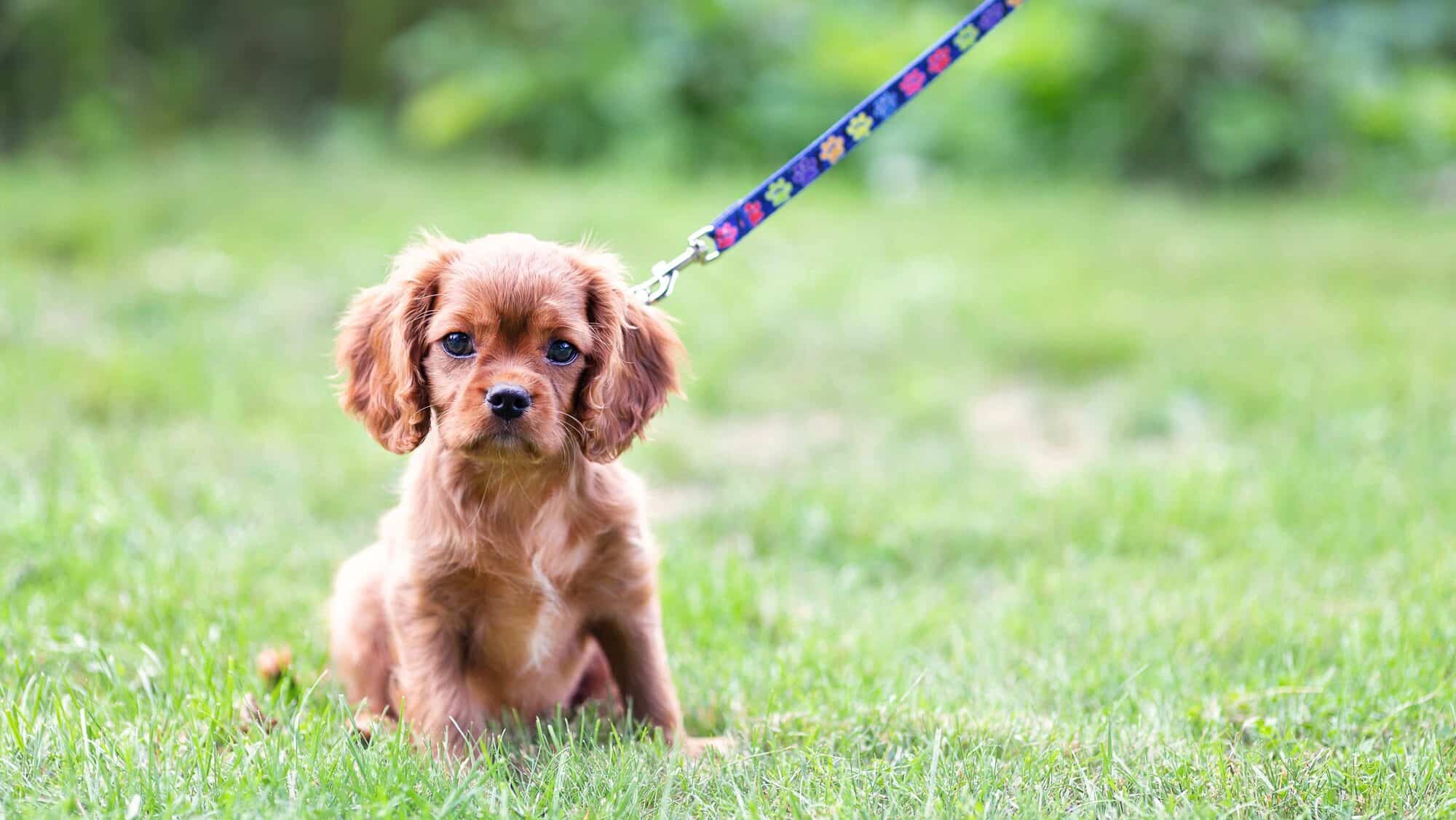
Week 3–4: Reinforcing Habits
With a basic routine established, it’s time to build on those early habits. This phase is crucial for helping your puppy make connections between their actions and your expectations.
- Track accidents: Keep an eye on when and where accidents happen. It’s your puppy’s way of telling you something’s off with their schedule.
- Recognize potty signs: Sniffing, circling, or whining are cues they need to go out. Act fast!
- Begin transitioning from pee pads to outdoor potty breaks. Move the pad closer to the door each day until it’s outside.
By now, your puppy should start to develop better bladder control and fewer accidents.
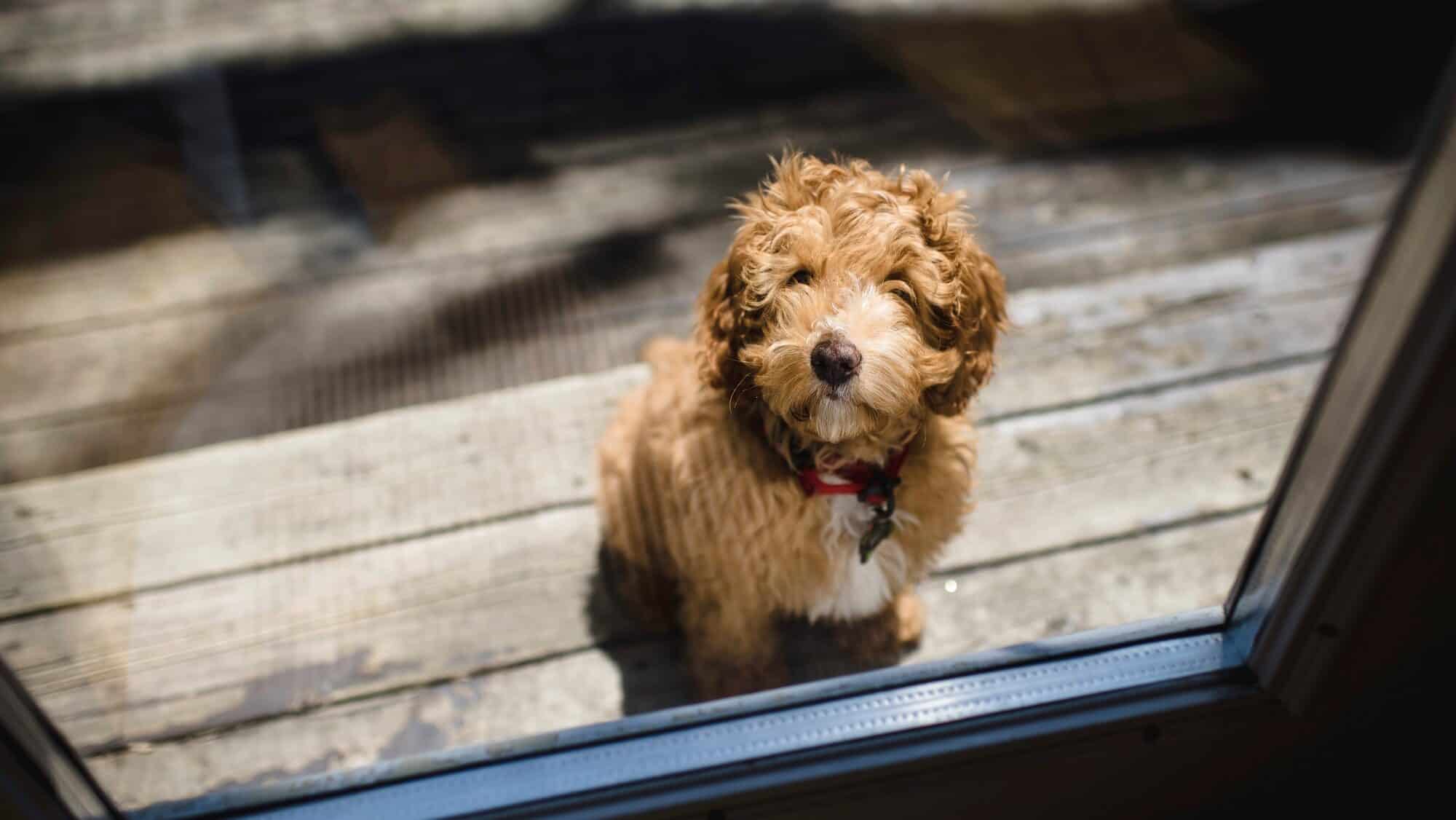
Week 5–8: Building Independence
As your puppy gets the hang of things, it’s time to increase their confidence and independence.
- Increase potty intervals: Gradually extend the time between potty breaks, but be mindful of how long they can realistically hold it.
- Focus on outdoor-only potty training, even if you live in an apartment.
- If apartment puppy potty training is a challenge, consider using an indoor grass pad as a backup option.
This phase is also when some setbacks might occur, so keep reinforcing the basics.
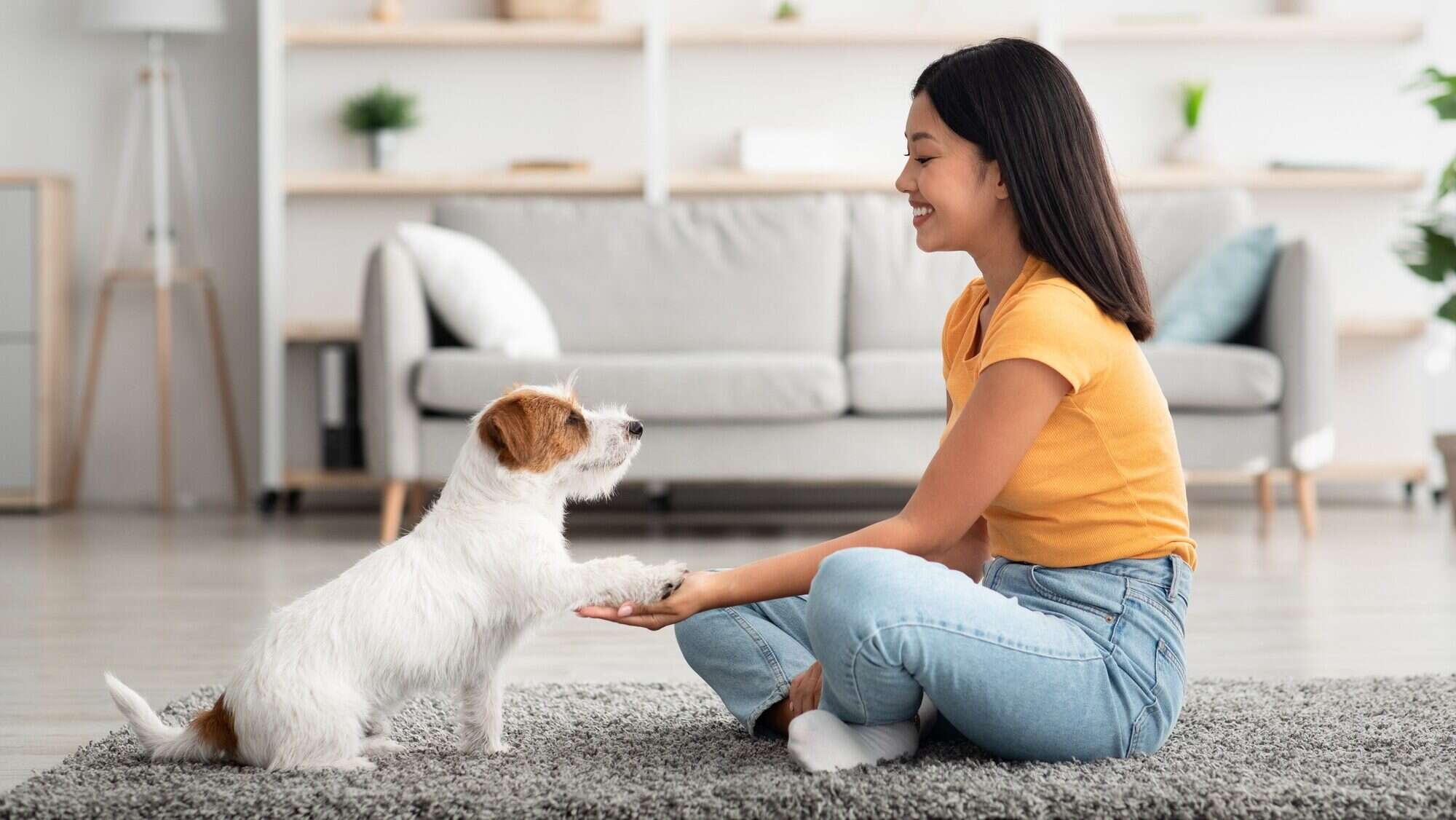
Tips for Successful Potty Training
Consistency and patience are your best friends during potty training. Here are a few tips to keep things on track:
Stick to a Routine
Puppies thrive on structure. Use a consistent puppy potty schedule, feeding them at the same times daily to make potty breaks more predictable.
Reward Good Behavior
Positive reinforcement is your best tool. Whether it’s a treat, praise, or playtime, make sure your puppy knows they’ve done something right.
Clean Accidents Thoroughly
When accidents happen (and they will), clean them immediately with enzymatic cleaner for puppies. This prevents lingering odors from confusing your puppy about where to go.
Watch for Seasonal Challenges
Potty training in the winter can be tricky. Clear a path in the snow or use pee pads indoors if the weather is extreme and you’re unable to get outside.
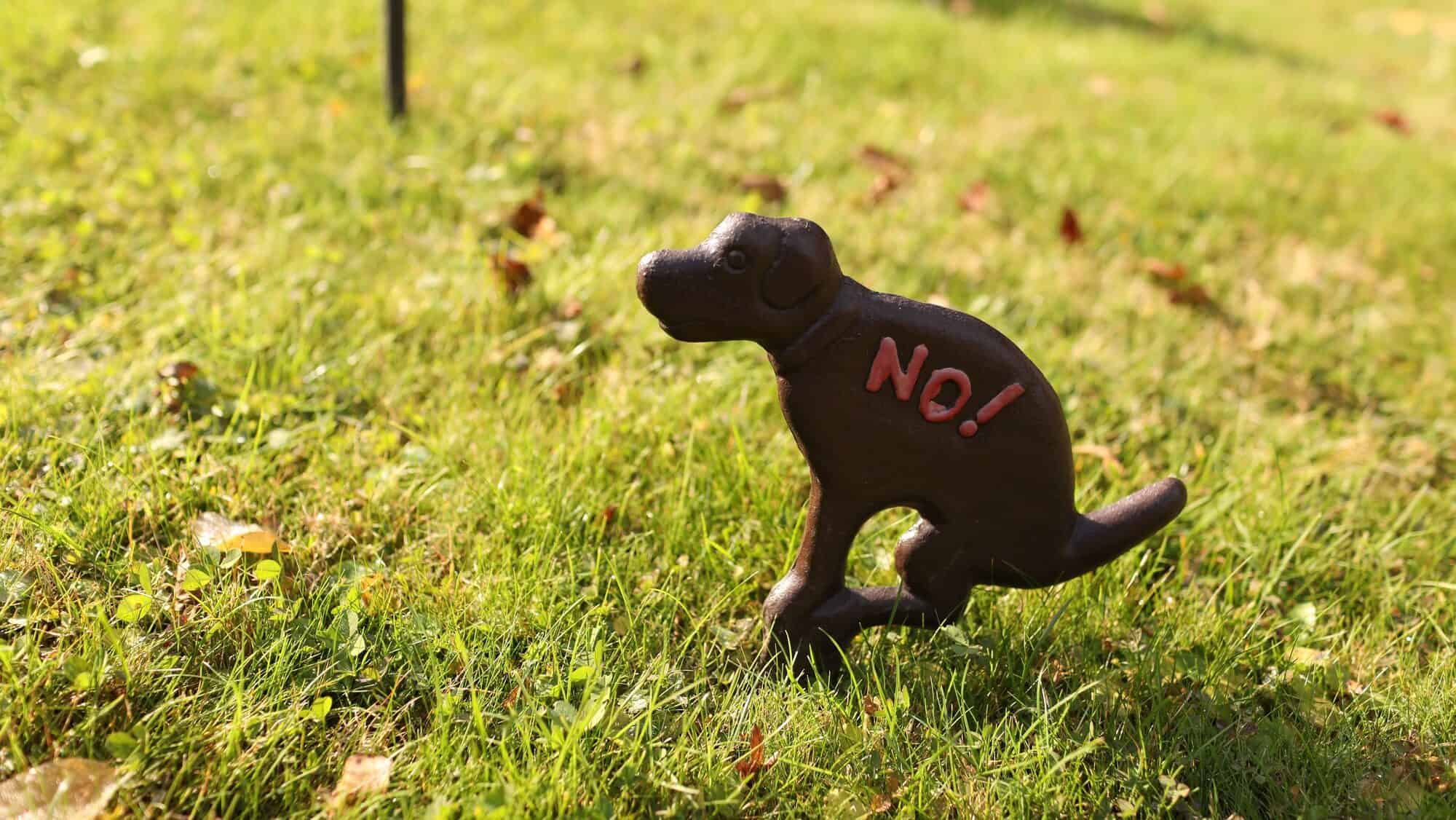
Common Potty Training Challenges and Solutions
Potty training doesn’t always go as planned. Here’s how to handle some of the most common hiccups:
Puppies Who Take Longer to Learn
Some puppies may seem like they’re taking forever to catch on. Rather than labeling them “stubborn,” recognize that they might need shorter intervals between potty breaks or extra reinforcement.
Regression
Even if your puppy has been doing well, setbacks can happen. This is normal during growth spurts, routine changes, or if they’re distracted. Reinforce the basics and be patient.
Nighttime Accidents
Nighttime potty training requires adjustments. Younger puppies often can’t hold their bladder all night. Set an alarm for a midnight potty break or use a crate to minimize movement.
House Training Multiple Puppies
Training more than one puppy? Keep their schedules separate to ensure each one learns individually. It’s tempting to multitask, but trust me—your rugs will thank you for focusing on one pup at a time.
Balancing Potty Training and Work
If you’re house training a puppy while working, enlist help. A neighbor, dog walker, or daycare can keep up with your puppy’s needs during the day.
When to Seek Professional Help
If your puppy is struggling despite your best efforts, it’s time to bring in an expert. Consult your veterinarian to rule out medical issues like urinary tract infections. If your puppy has a clean bill of health, work with a trainer who specializes in potty training to create a personalized plan.
How long does it take to fully potty train a puppy?
Potty training typically takes 4 to 6 months, but this can vary depending on your puppy’s age, breed, and consistency in training. Some puppies may pick it up in a few weeks, while others may take longer, especially if they are younger or have had previous inconsistent training.
What is the best potty training schedule for a puppy?
A solid puppy potty schedule involves taking your puppy out:
– First thing in the morning.
– After every meal or drink.
– After naps or playtime.
– Before bedtime.
For very young puppies, add trips outside every 1–2 hours during the day and at least once overnight.
What should I do if my puppy keeps having accidents indoors?
Accidents are normal, especially early in the process. Here’s how to handle them:
– Clean thoroughly with the enzymatic cleaner to remove any lingering odor.
– Adjust your schedule to increase potty trips—your puppy might not be able to hold it as long as expected.
– Watch for signs like sniffing or circling and act quickly.
If accidents persist, consult your veterinarian to rule out medical issues, such as a urinary tract infection.
At what age can puppies hold their bladder all night?
Most puppies can hold their bladder through the night by 4 to 6 months of age, but this depends on the individual puppy and their development. For younger puppies, plan for at least one nighttime potty break to prevent accidents. Crate training can also help minimize movement and encourage bladder control overnight.
Conclusion
Potty training your puppy is no walk in the park (well, except for all those trips outside). Following a puppy potty training timeline gives you a roadmap to success. Stay consistent, reward progress, and don’t sweat the occasional setback. Remember, every puppy learns at their own pace.
By establishing a routine and addressing challenges proactively, you’ll soon enjoy a well-trained pup who knows where—and when—to go. Need more training tips? Join our newsletter for expert advice and step-by-step guidance!

